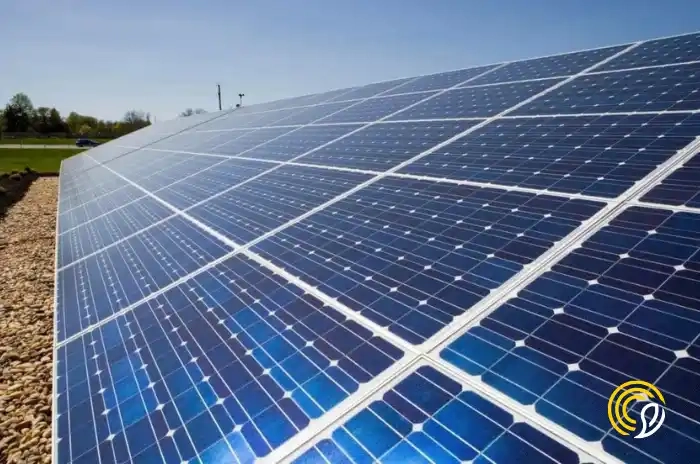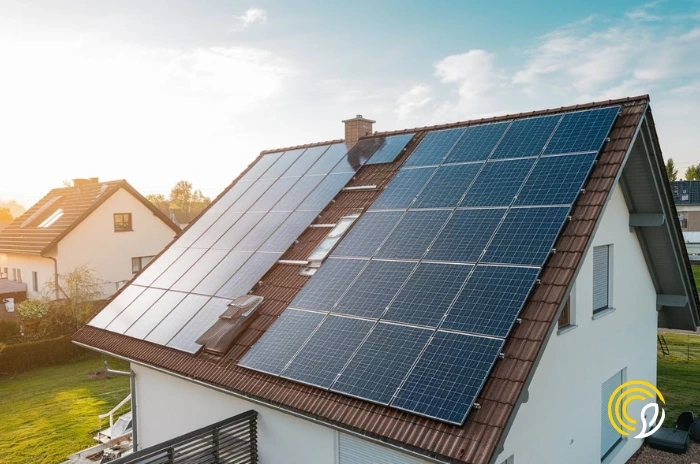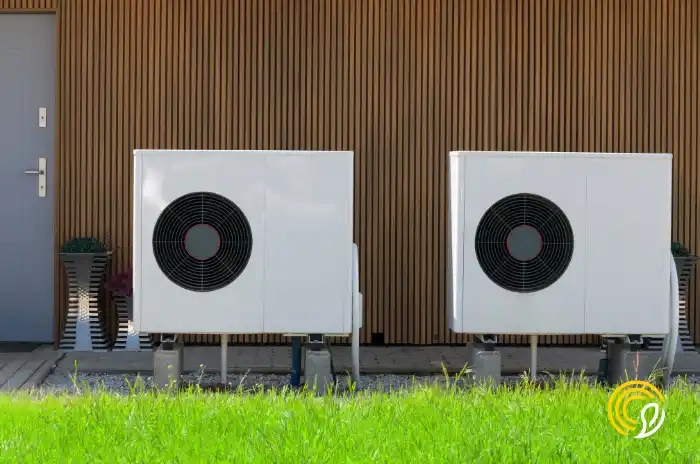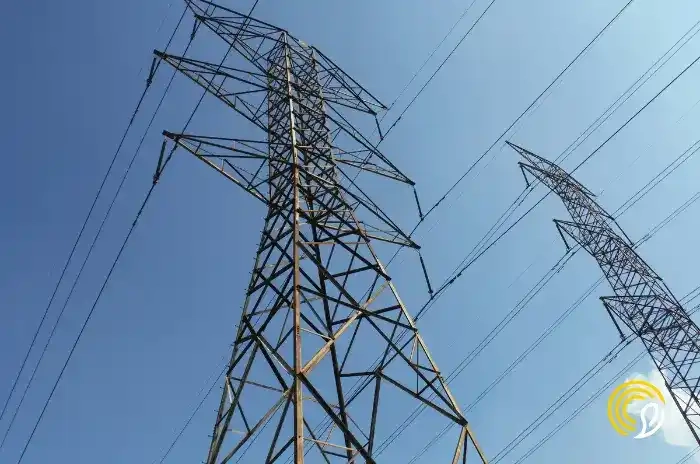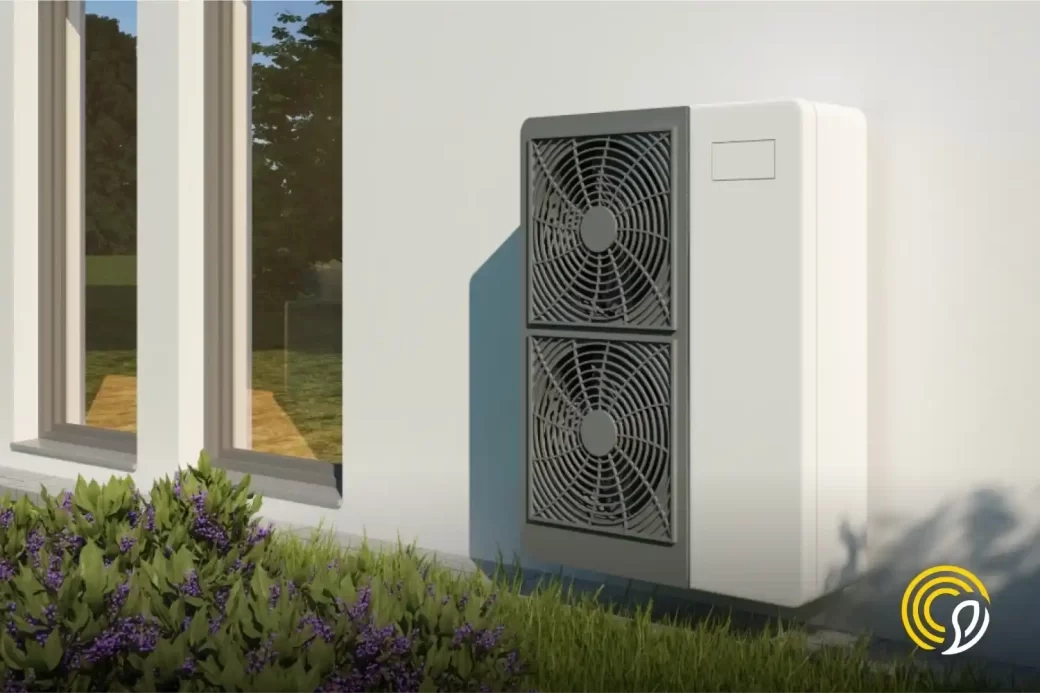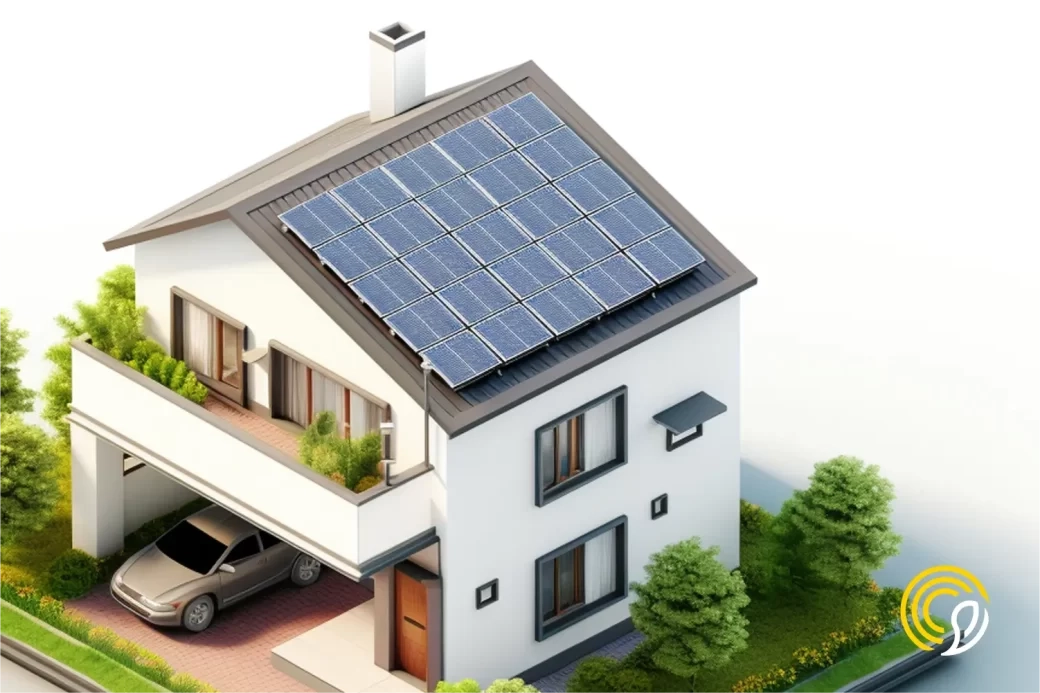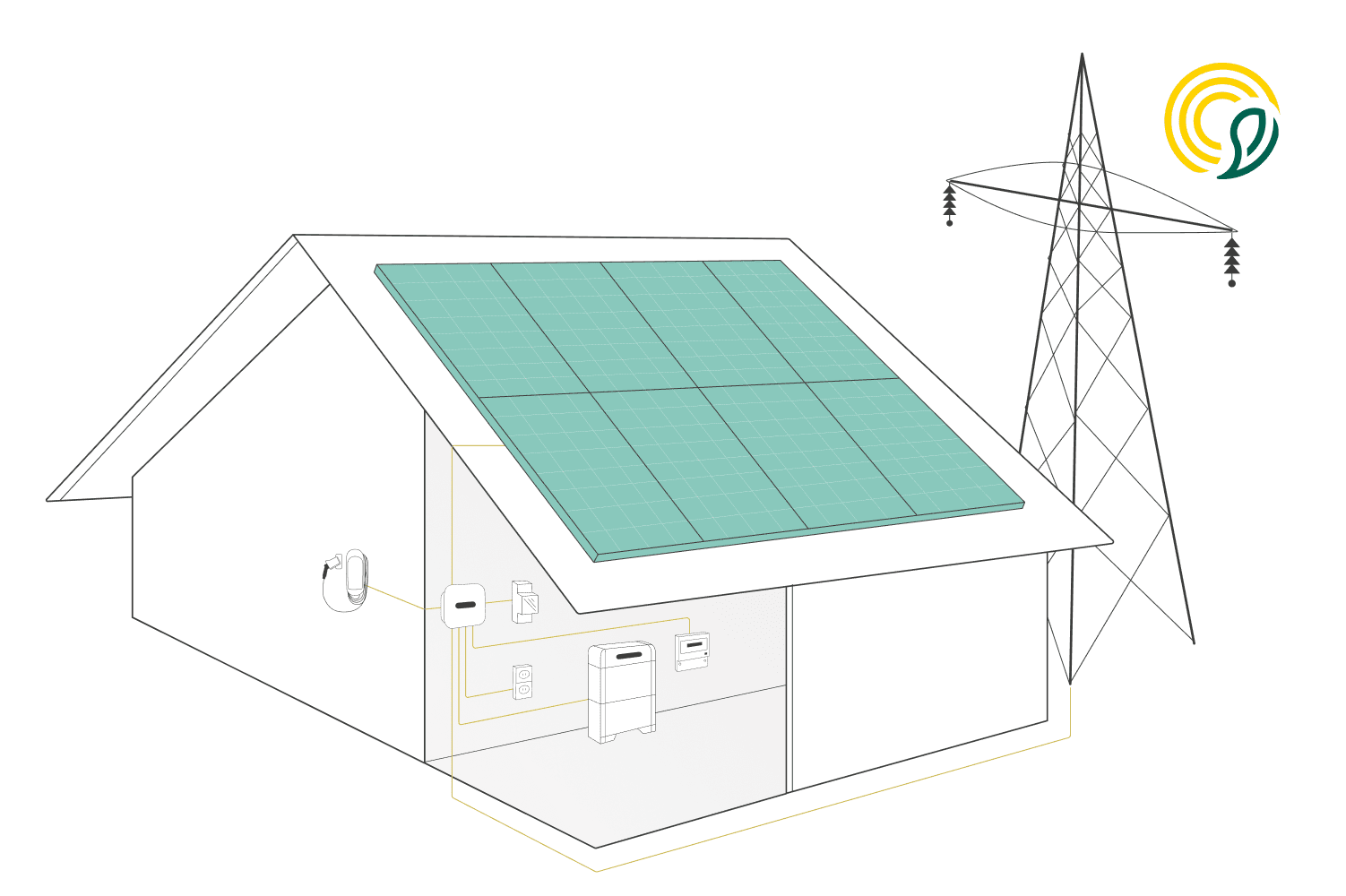
Understanding kW, kWh, kWp, kVA and their usage

Claudia Pardo, Content Specialist at Sunhero and a firm believer that solar energy can transform the world.
12/12/2024
4 min read
Table of Contents
In the world of energy and electricity, it is common to find technical terms that can sometimes be confusing for those who are not familiar with them. Some of the most commonly used terms are kW, kWh, kWp and kVA. In this blog article, we will explain what each of them means and what they are used for.
What is a kW?
The kilowatt (kW) is a unit of electrical power that reflects the rate at which energy is consumed or produced. The kW allows us to measure the rate at which electricity moves and to manage its use effectively.
To understand it more simply, for example, a microwave oven operating at 800 watts (W) consumes 800 W of energy per second, which is equivalent to 0.8 kW of power.
What is kW used for?
Kilowatts are essential for understanding how much energy is consumed by household appliances and electrical systems in general. This unit is used to measure the consumption of devices in real time and is also indispensable for the correct dimensioning of photovoltaic systems.
Knowing how many kilowatts a house needs, it is possible to plan and design a PV system that covers energy needs efficiently.
What is a kWh?
The kilowatt-hour (kWh) is a unit of energy used to measure how much electricity is consumed or generated in a given time interval.
This, in fact, is the unit of measurement you will find on your electricity bill. For example, if you use a 2 kW appliance for 3 hours, you will have consumed 6 kWh (2 kW x 3 hours).
What is the kWh used for?
The kWh is used in the energy sector to calculate electricity and gas consumption and bill consumers.
On the electricity bill, this consumption is shown as “variable term”, “consumption term” or “energy term”, depending on the supplier. The kWh consumed is measured by digital meters that automatically record and send the electricity usage to the utility for billing.
In a PV system, kWh is a key measure of the amount of electricity produced or consumed. This measurement allows owners to evaluate the performance and efficiency of their solar panels, as well as calculate savings in energy consumption.
In addition, the kWh is essential to determine the system’s capacity to cover the electrical needs of the home and to manage the sale of surplus energy to the grid.
kWp meaning
The kilowatt-peak (kWp) is a unit of measurement. kwp meaning in solar expresses the maximum power that a photovoltaic system can generate under optimal conditions.
It is a standard measurement to compare the generation capacity of different solar installations. For example, a solar panel with a capacity of 5 kWp can generate up to 5 kW of power under ideal conditions.
What is kWp used for?
In the technical specification of solar panels, this capacity is shown as “peak power”, “rated power” or “maximum capacity” and is determined by standardised tests that evaluate the performance of the solar panels under ideal irradiation and temperature conditions.
In a photovoltaic system, the kWp is essential to determine the power generation potential and to size the system according to energy needs.
The fact is that, although this measurement indicates the maximum capacity under ideal conditions, the actual performance of a PV system can vary due to factors such as climate, orientation and tilt of the solar panels.
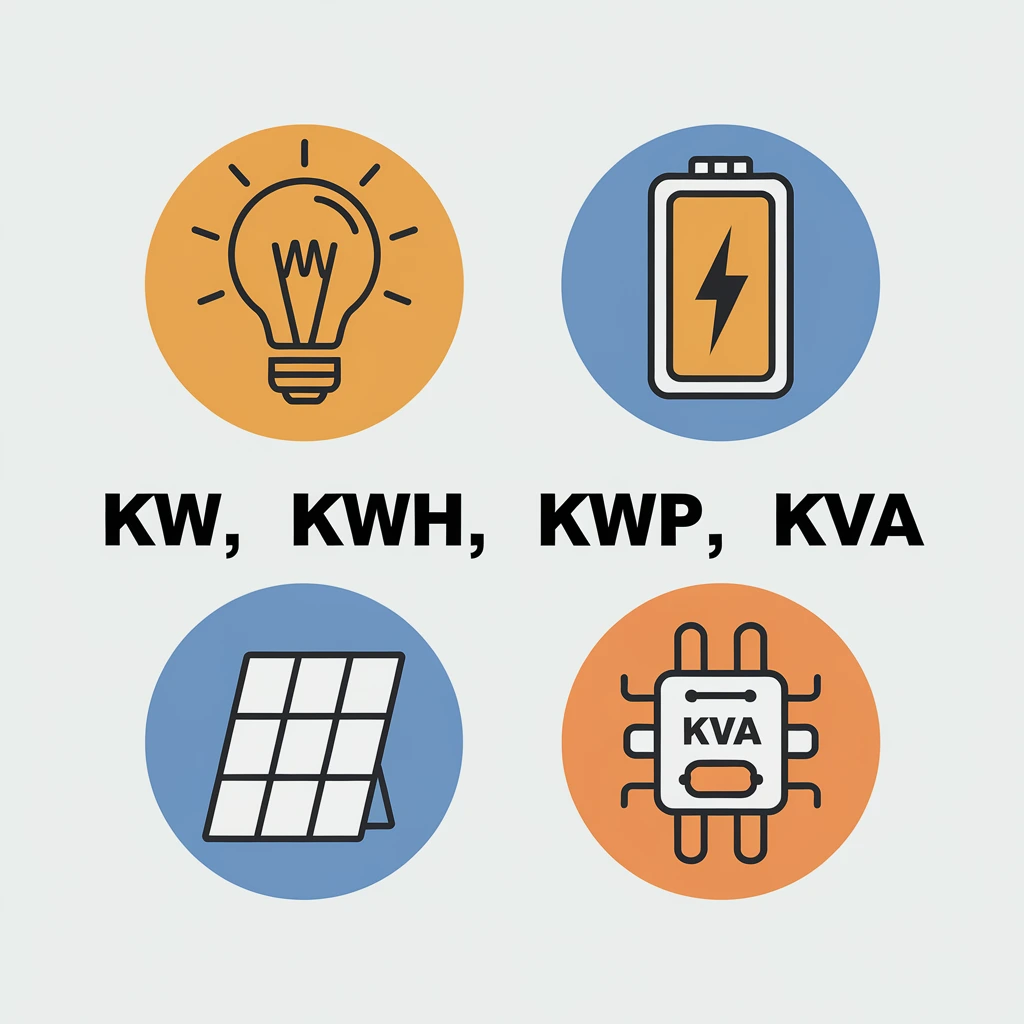
kWp to kW
To convert kilowatt-peak (kWp) to kilowatts (kW), you need additional context since kWp is a measure of the maximum power output of a solar panel under ideal conditions (Standard Test Conditions, STC). kW, on the other hand, typically refers to real-time power output, which depends on factors like sunlight, weather, and system efficiency.
However, for practical purposes:
- kWp = kW under ideal conditions.
- For example, a 5 kWp solar system can produce 5 kW under optimal sunlight and temperature conditions.
- To estimate the real output in kW, multiply the kWp value by the system’s performance ratio (PR):kW (real)=kWp×PR\text{kW (real)} = \text{kWp} \times \text{PR}kW (real)=kWp×PRThe PR is usually between 0.75 and 0.85 for most solar systems, depending on factors like shading, temperature, and system losses.
For example:
A 5 kWp system with a PR of 0.8 produces: 5×0.8=4 kW (real-time output).5 \times 0.8 = 4 \text{ kW (real-time output)}.5×0.8=4 kW (real-time output).
What is a kVA?
The kilovolt-ampere (kVA) is a unit of measurement of apparent power in an electrical system. Unlike the kW, which measures real power, the kVA includes both real power and reactive power, which is not used to do useful work but is necessary to maintain the electrical system.
This measurement is important in systems where there are inductive components, such as motors and transformers, as it allows for the correct sizing of electrical equipment.
For example, a 10 kVA generator may not be able to provide 10 kW of real power due to energy losses in the system.
What is kVA used for?
The kVA is used to size electrical equipment in industrial and commercial systems. It is crucial for selecting transformers, generators and other electrical components, ensuring that they can handle both real and reactive power.
This measure helps to avoid overloads and improve the efficiency of the electrical system.
Start today!
Fill out our free solar calculator and get a custom quotation
